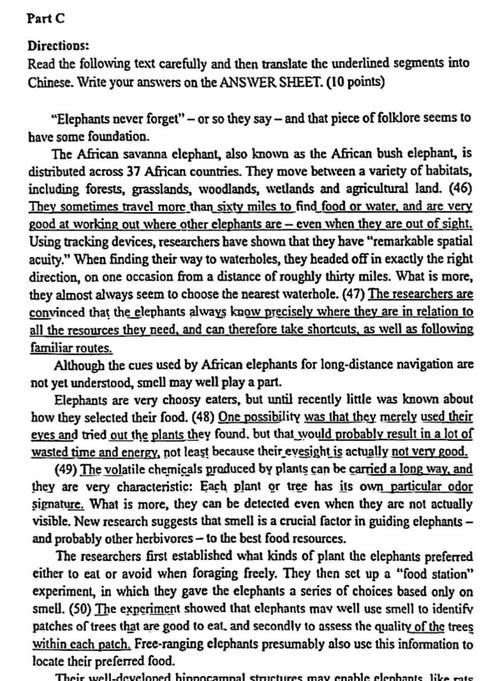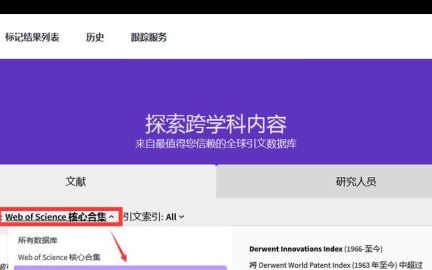Breast is a complex and vital part of the female anatomy. Not only does it serve as a source of nourishment for infants, but it also plays a significant role in sexual attraction and reproduction. In this article, we will delve into the science of breast, understanding its structure, function, and health implications.

Anatomy and Physiology of Breast
Breast is primarily composed of milk-producing glands, ducts that carry milk to the nipples, and connective tissues that provide structure and support. The glands, also called lobules, are densely packed with cells that produce milk during lactation. The ducts, on the other hand, are lined with specialized cells that transport the milk to the nipple. Outside the lobules and ducts, there are layers of adipose tissue or fat that give breast its shape and volume.
Breast undergoes significant changes throughout a woman's life. During puberty, the mammary gland development is triggered by estrogen and progesterone, leading to the growth of breast tissue. During pregnancy, breast prepares for milk production, with the glands and ducts expanding and multiplying. After childbirth, the milk is produced and released by the hormone prolactin, while the hormone oxytocin stimulates the muscles around the breast to contract, expelling milk.
Breast Health and Disease
Breast health is crucial for overall well-being, and any abnormality should be promptly addressed. Some common breast issues include breast pain, lumps, cysts, and discharge. While most of these are benign, some could be a sign of breast cancer, a condition in which cells in the breast tissue grow uncontrollably. Breast cancer is the most prevalent cancer in women, affecting about 1 in 8 women in their lifetime. Early detection and treatment are crucial for a successful outcome.
Breast cancer risk factors include genetics, age, hormonal factors, and lifestyle factors such as smoking, alcohol consumption, and inadequate physical activity. Women with a family history of breast cancer or with inherited gene mutations, such as BRCA1 and BRCA2, have a higher lifetime risk of developing breast cancer. Regular breast cancer screening with mammography, ultrasound, or MRI is recommended for women at average or high risk.
Conclusion
Breast is a fascinating and complex organ with significant physiological and psychological functions. Understanding its anatomy, physiology, and health implications can support better breast care and a healthier lifestyle overall. By staying informed and proactive, we can promote breast health and lessen the burden of breast cancer.
版权声明:本文来自用户投稿,不代表【新糯网】立场,本平台所发表的文章、图片属于原权利人所有,因客观原因,或会存在不当使用的情况,非恶意侵犯原权利人相关权益,敬请相关权利人谅解并与我们联系(邮箱:435320734@qq.com)我们将及时处理,共同维护良好的网络创作环境。



